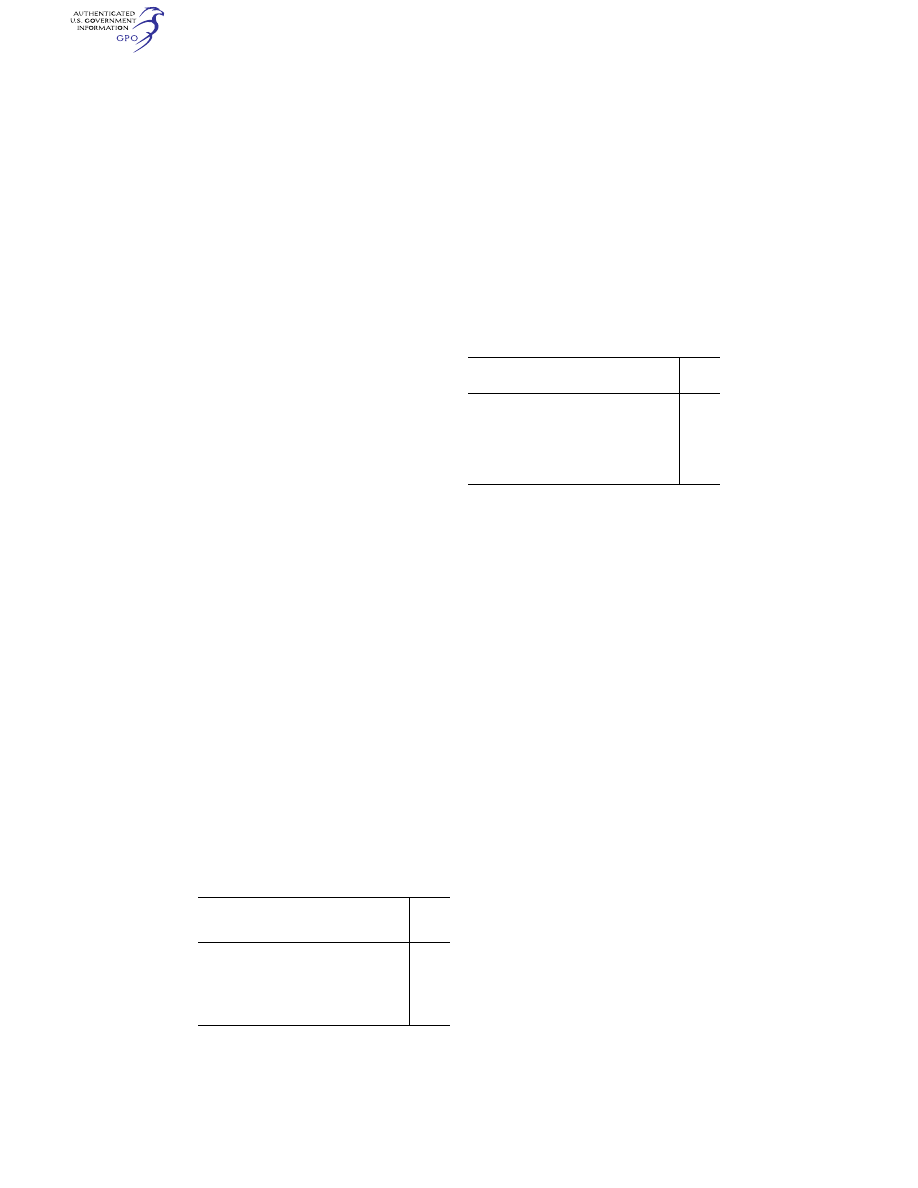
693
Federal Aviation Administration, DOT
§ 91.123
(d)
Helicopters, powered parachutes,
and weight-shift-control aircraft. If the
operation is conducted without hazard
to persons or property on the surface—
(1) A helicopter may be operated at
less than the minimums prescribed in
paragraph (b) or (c) of this section, pro-
vided each person operating the heli-
copter complies with any routes or al-
titudes specifically prescribed for heli-
copters by the FAA; and
(2) A powered parachute or weight-
shift-control aircraft may be operated
at less than the minimums prescribed
in paragraph (c) of this section.
[Doc. No. 18334, 54 FR 34294, Aug. 18, 1989, as
amended by Amdt. 91–311, 75 FR 5223, Feb. 1,
2010]
§ 91.121
Altimeter settings.
(a) Each person operating an aircraft
shall maintain the cruising altitude or
flight level of that aircraft, as the case
may be, by reference to an altimeter
that is set, when operating—
(1) Below 18,000 feet MSL, to—
(i) The current reported altimeter
setting of a station along the route and
within 100 nautical miles of the air-
craft;
(ii) If there is no station within the
area prescribed in paragraph (a)(1)(i) of
this section, the current reported al-
timeter setting of an appropriate avail-
able station; or
(iii) In the case of an aircraft not
equipped with a radio, the elevation of
the departure airport or an appropriate
altimeter setting available before de-
parture; or
(2) At or above 18,000 feet MSL, to
29.92
″
Hg.
(b) The lowest usable flight level is
determined by the atmospheric pres-
sure in the area of operation as shown
in the following table:
Current altimeter setting
Lowest
usable
flight
level
29.92 (or higher) ......................................................
180
29.91 through 29.42 ................................................
185
29.41 through 28.92 ................................................
190
28.91 through 28.42 ................................................
195
28.41 through 27.92 ................................................
200
27.91 through 27.42 ................................................
205
27.41 through 26.92 ................................................
210
(c) To convert minimum altitude pre-
scribed under §§ 91.119 and 91.177 to the
minimum flight level, the pilot shall
take the flight level equivalent of the
minimum altitude in feet and add the
appropriate number of feet specified
below, according to the current re-
ported altimeter setting:
Current altimeter setting
Adjust-
ment
factor
29.92 (or higher) ......................................................
None
29.91 through 29.42 ................................................
500
29.41 through 28.92 ................................................
1,000
28.91 through 28.42 ................................................
1,500
28.41 through 27.92 ................................................
2,000
27.91 through 27.42 ................................................
2,500
27.41 through 26.92 ................................................
3,000
§ 91.123
Compliance with ATC clear-
ances and instructions.
(a) When an ATC clearance has been
obtained, no pilot in command may de-
viate from that clearance unless an
amended clearance is obtained, an
emergency exists, or the deviation is in
response to a traffic alert and collision
avoidance system resolution advisory.
However, except in Class A airspace, a
pilot may cancel an IFR flight plan if
the operation is being conducted in
VFR weather conditions. When a pilot
is uncertain of an ATC clearance, that
pilot shall immediately request clari-
fication from ATC.
(b) Except in an emergency, no per-
son may operate an aircraft contrary
to an ATC instruction in an area in
which air traffic control is exercised.
(c) Each pilot in command who, in an
emergency, or in response to a traffic
alert and collision avoidance system
resolution advisory, deviates from an
ATC clearance or instruction shall no-
tify ATC of that deviation as soon as
possible.
(d) Each pilot in command who
(though not deviating from a rule of
this subpart) is given priority by ATC
in an emergency, shall submit a de-
tailed report of that emergency within
48 hours to the manager of that ATC
facility, if requested by ATC.
(e) Unless otherwise authorized by
ATC, no person operating an aircraft
may operate that aircraft according to
any clearance or instruction that has
VerDate Sep<11>2014
14:00 Mar 14, 2024
Jkt 262047
PO 00000
Frm 00703
Fmt 8010
Sfmt 8010
Q:\14\14V2.TXT
PC31
aworley on LAPBH6H6L3 with DISTILLER